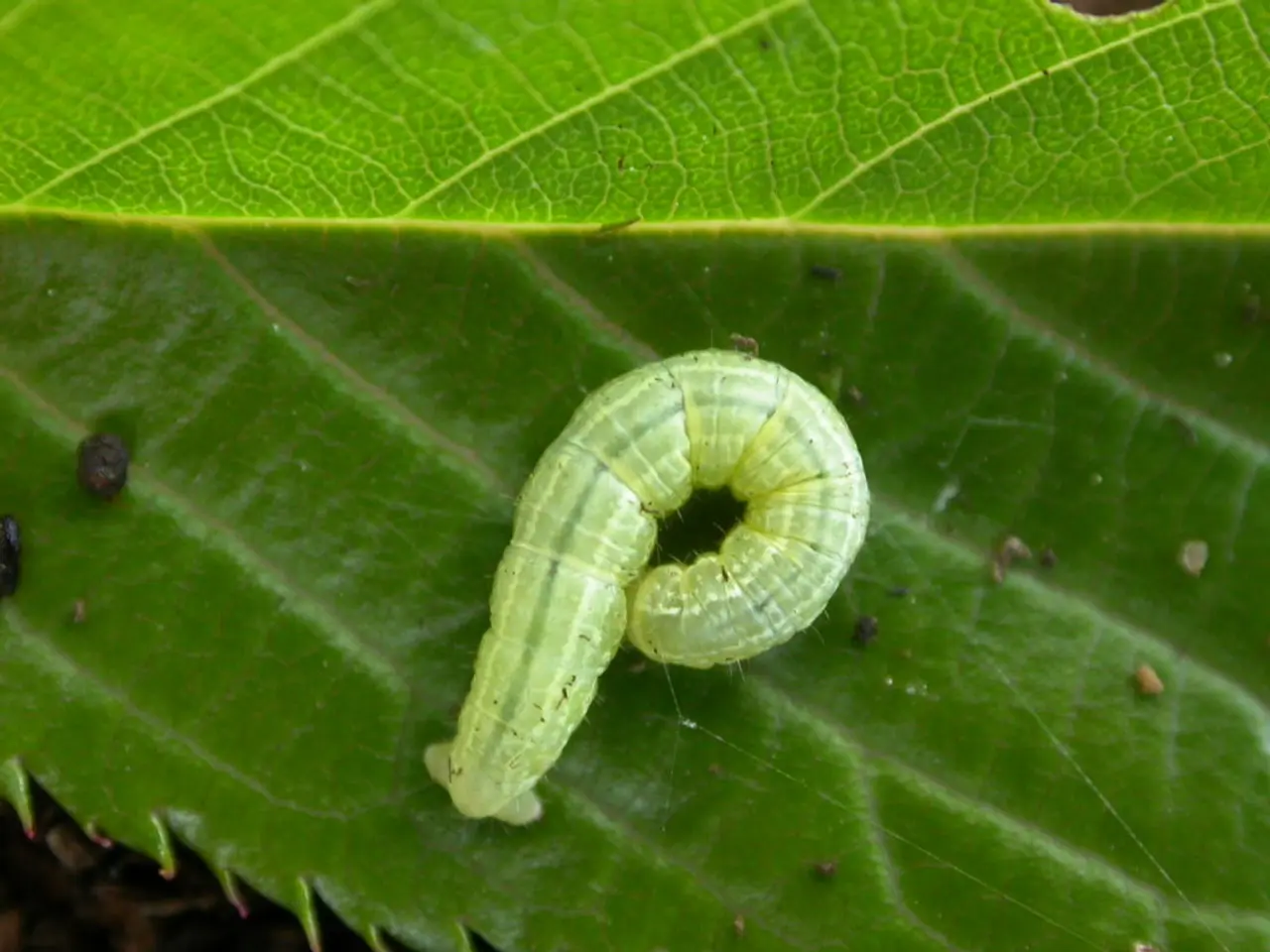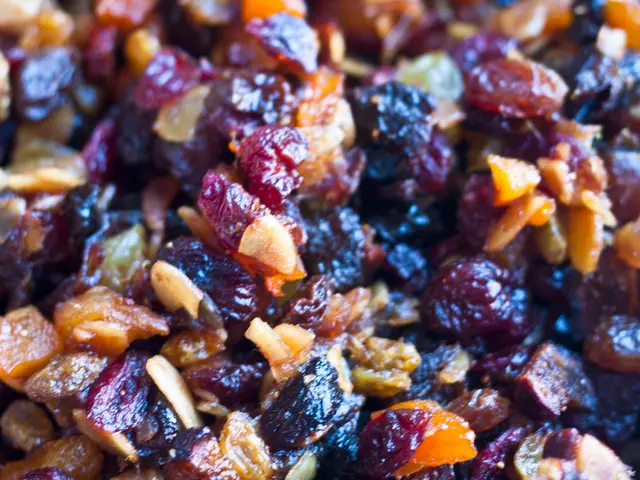Guinea worm disease: An overview
The Guinea Worm Infection, scientifically known as Dracunculiasis, is a parasitic disease caused by the Guinea worm, or Dracunculus medinensis. This debilitating disease, known for its distinctive symptoms, can lead to long-term complications, including disability and psychological impact.
The primary mode of transmission is through drinking contaminated water sources. The parasite lives inside tiny water fleas found in stagnant or untreated water sources. Drinking unfiltered or contaminated water allows the parasite to enter the human body.
Providing clean, filtered water removes these vectors, thereby breaking the disease transmission cycle. Distribution of water filters in endemic regions is a highly effective prevention method, as it removes water fleas from drinking water.
Educating communities about safe water practices and increasing access to clean, safe water sources reduces people's risk of infection. Improved water supplies and sanitation infrastructure not only reduce Guinea worm but also other waterborne parasitic infections.
Clean water interrupts the lifecycle of the Guinea worm parasite by eliminating the infected intermediate host from drinking sources. This approach, combined with community engagement and health education, is key to ongoing efforts toward eradicating the disease globally.
While there is no vaccine for Guinea Worm Infection, treatment options and preventive measures are being improved. Treating Guinea worm infection primarily focuses on the removal of the adult worm and managing symptoms, with manual extraction being the most effective treatment method.
The World Health Organization (WHO) launched a global eradication campaign in the 1980s, which has led to a dramatic decline in cases. Continued surveillance, vaccination, and treatment efforts are being made to eradicate Guinea Worm Infection.
Involving local leaders in prevention efforts can help mobilize resources and encourage community participation. Promoting the use of covered water containers helps prevent contamination from insects and other sources. Organizing clean-up campaigns can help reduce contamination of water sources.
Raising awareness about Guinea Worm Infection and its transmission can help communities take preventive actions. Educating people about the importance of recognizing symptoms, understanding transmission, and promoting hygiene practices can significantly reduce the risk of Guinea Worm Infection.
However, access to clean water remains a challenge in some regions, making prevention difficult. Certain populations are more vulnerable to Guinea worm infection due to socio-economic and environmental conditions, such as rural communities, poverty, age, and gender.
Some communities may be hesitant to adopt new practices or report cases due to cultural beliefs, posing challenges to eradication efforts. Nevertheless, the global impact of Guinea Worm Infection has been significant, particularly in affected regions.
Preventing Guinea worm infection is possible through improved access to clean drinking water and education about the disease. With international collaboration, community engagement, and continued surveillance, it is hoped that Guinea Worm Infection will soon be a thing of the past.
Science plays a crucial role in understanding and combating medical-conditions like the Guinea Worm Infection, providing knowledge on transmission cycles and effective prevention methods. Health-and-wellness initiatives, such as educating communities about safe water practices and providing clean water sources, are key strategies in reducing the risk of Guinea Worm Infection and other waterborne diseases.




